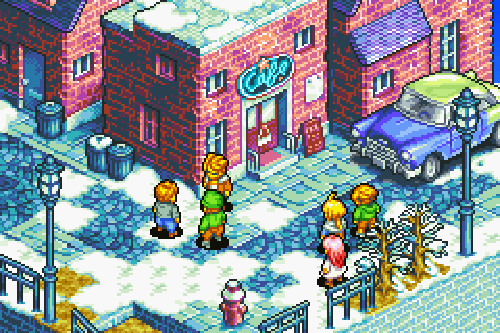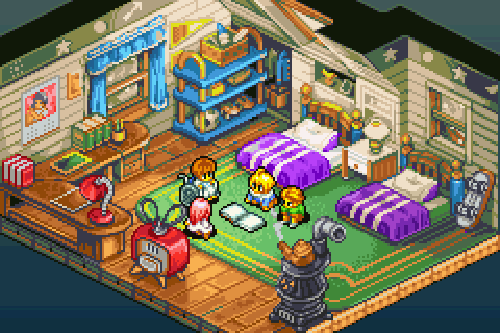What was the biggest surprise of E3? Metroid Prime 4 and a Metroid II remake? A PlayStation 4 revamp of Shadow of the Colossus? Microsoft actually calling a system the Xbox One X? All were unexpected, but nothing caught me off guard like Blade Strangers. A PS4/PC/Switch fighting game that nabs its roster from Code of Princess, Umihara Kawase, and Cave Story? I’d sooner have bet on Sony announcing another Hermie Hopperhead.
Blade Strangers isn’t so farfetched a crossover when you look behind the scenes. It’s the work of Studio Saizensen, a developer with a hand in both in the brawler Code of Princess and the puzzle platformer Umihara Kawase, while Cave Story, an indie marvel ever since 2004, has a link through publisher Nicalis. Apparently in an early state, the game could use more animation frames and background detail. Even so, the characters have a vibrant look thanks to a 3-D engine that imitates hand-drawn animation.

As with any fighting game, it’s the cast that intrigues me. Umihara Kawase’s eponymous heroine and Cave Story’s android Curly Brace are unorthodox picks for a fighting game, though they’re both suited to the genre; Kawase has a grappling line and giant fish at her command, while Curly has a machine gun and, presumably, other Cave Story power-ups. However, Blade Strangers leans heavily on Code of Princess. Early footage of the game includes protagonist Solange, thief Alie, and the powerhouse Master T (the mace-packing nun Helga and masked swordsman Liongate are apparently in there as well). That accounts for half of the game’s ten character-selection icons.
There are two reasons for such favoritism. Code of Princess has a wide selection of playable characters, including a magic pharaoh cat and a zombie sorceress, from which a fighting game might choose. Code of Princess also has Solange, who wears more armor on her elbows than she does on her entire torso. Not kidding.


